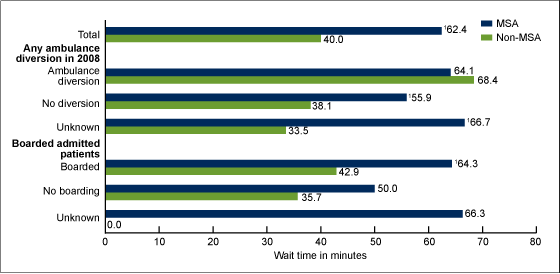
Meeting the target is a key factor in the evaluation of overall hospital performance, with managers at risk of being fired for poor compliance. Implemented in 2004, the policy required 98 percent (later 95 percent) of patients to be discharged, admitted as an inpatient, or transferred to another hospital within four hours of arrival. 24445), researchers Jonathan Gruber, Thomas Hoe, and George Stoye explore the effect of the imposition of a "four-hour wait" policy in England. In Saving Lives by Tying Hands: The Unexpected Effects of Constraining Health Care Providers (NBER Working Paper No. On the other hand, it is not clear whether providers fully take into account the effect of wait times on patient outcomes in the absence of these policies. One concern is that such policies could lead providers to make decisions that compromise the quality of patient care. The effects of policies that encourage shorter ED wait times are not well understood. Several nations have introduced financial rewards or penalties for providers based on ED wait times. cities, there are digital billboards advertising current wait times at local EDs. Long ED wait times are an increasing focus of public attention. They must also decide which diagnostic tests and procedures to perform in the ED, as well as when to admit a patient to the hospital and when to send them back home. ED nurses and physicians must quickly decide which patients must be seen immediately and which can wait.


Conference on Econometrics and Mathematical Economics.Productivity, Innovation, and Entrepreneurship.International Finance and Macroeconomics.


 0 kommentar(er)
0 kommentar(er)
